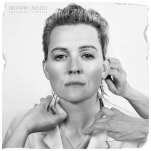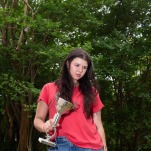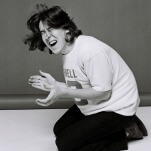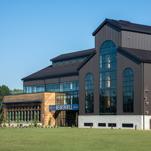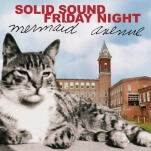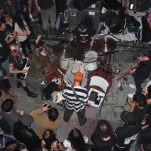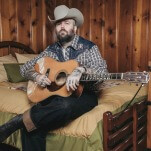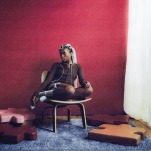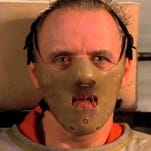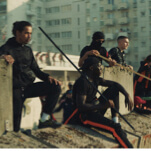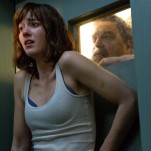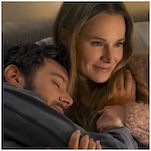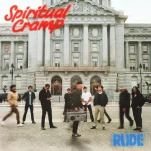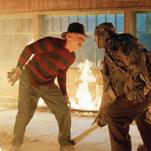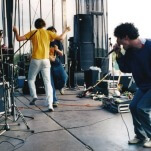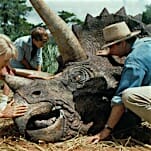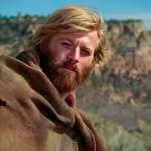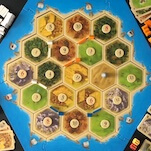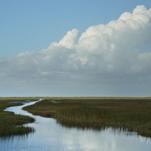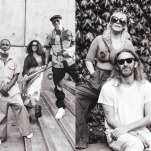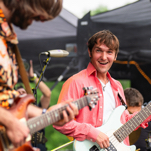Teenagers Take on the Scandinavian Wilderness in Folktales
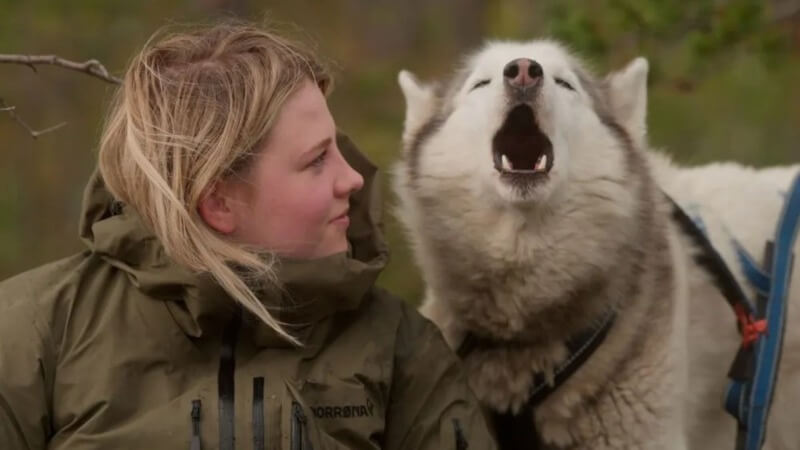
Movies about teenagers often focus on the common coming-of-age anxieties and insecurities that pose an outsized threat in young people’s lives. Recent films that aim for a realistic look at teenage life usually dwell in realms such as social media, or sexuality, or mental health concerns, or questions of popularity and fitting in. Folktales, a documentary directed and produced by Heidi Ewing and Rachel Grady, is very much a film about teenagers, but it takes all the usual anxieties and simplifies them against the backdrop of dog sledding.
At its surface, the documentary is about a folk high school in Norway called Pasvik Folk High School, where teenagers learn survivalist skills, mainly dog sledding. The film includes many beautiful shots of the Scandinavian winter landscape—crackling fires, the northern lights, icy tree branches, trails packed with snow—as it introduces viewers to the ins and outs of Pasvik. There’s a large focus on dog sledding and the various personalities of the dogs. But the specifics of folk high schools like Pasvik seems like a lesser subject than the journey of the teenagers who attend those schools.
-

-

-

-

-

-

-

-

-

-

-

-

-

-

-

-

-

-

-

-

-

-

-

-

-

-

-

-

-

-

-

-

-

-

-

-

-

-

-

-

